
Accordingly, the Strategy identifies 10 key cultural industries prioritized for development, including: Cinema; Fine arts, photography and exhibitions; Performing arts; Software and entertainment games; Advertising; Handicrafts; Cultural tourism ; Creative design; Television and radio; Publishing.
These are industries that create products that combine cultural, creative, technological and intellectual property elements, meeting people's consumption and cultural enjoyment needs and in line with the goals of international integration and sustainable national development.
Target by 2030, contributing 7% of GDP
The strategy clearly states that by 2030, the target is for cultural industries to achieve an average growth rate of about 10% per year and contribute 7% of the country's GDP; the labor force in cultural industries will increase by an average of 10% per year, accounting for 6% of the total labor force of the economy ; the growth rate in the number of economic establishments operating in cultural industries will average 10% per year; and the growth rate in export value of cultural industries will average 7% per year.
Strive for most cultural industrial centers, creative spaces, cultural industrial parks, centers, complexes, and creative space complexes to be planned synchronously, invested in modernly, exploiting unique and distinctive values, associated with building local and national product brands.
By 2045, strive for sustainable development of Vietnam's cultural industries, in which revenue contributes 9% of the country's GDP, labor accounts for 8% of the total labor force of the economy. The scale of digital cultural industrial products accounts for over 80% of cultural industrial products, the growth in export value of cultural industries reaches 9%/year and becomes a developed country in cultural industry and entertainment industry in the Asia region, affirming Vietnam's position on the world cultural industry map.
Creating a cultural industrial ecosystem
Develop cultural industries in accordance with the potential, advantages, and development plans of the locality, in accordance with the provincial administrative units arranged according to the decision of competent authorities; develop according to key economic zones; select a number of provinces, cities, or localities with favorable conditions to play the role of connecting centers, creating momentum for the development of cultural industries in the whole region; strengthen regional and local connectivity, infrastructure systems, and cultural institutions.
Developing businesses operating in cultural industries, creating a professional and synchronous ecosystem between creation, production, business, promotion, consumption combined with intellectual property protection.
Build distribution centers, promote the export of cultural industrial products, focus on existing markets and expand to potential domestic and international markets.
In the period up to 2030, Vietnam's cultural industrial products will focus on meeting the domestic market, promoting exports, and initially focusing on foreign markets with a large Vietnamese population. In the period up to 2045, maximizing the professionalism, creativity, and competitiveness of Vietnam's cultural industrial products in the international market.
Focus on developing the core and key 6 cultural industries (Cinema; Performing arts; Software and entertainment games; Advertising; Handicrafts; Cultural tourism), forming connections, increasing product value, promoting the ability to exploit and transform cultural values into national soft power.
Perfecting the institution for developing cultural industry
To realize the goal, the Strategy sets out common tasks and solutions including promoting communication, perfecting institutions and policies, developing human resources, upgrading infrastructure and attracting investment, promoting technology application and digital transformation, expanding markets, strengthening international cooperation and protecting intellectual property rights. In addition, the Decision also sets out key tasks and solutions for the above-mentioned 6 cultural industries, in order to ensure synchronous development in the entire cultural industry ecosystem.
The Ministry of Culture, Sports and Tourism is assigned to develop a plan to implement the Strategy; direct and promote the role of the focal agency in orienting and guiding relevant agencies and localities to develop and organize the implementation of the Strategy implementation plan.
At the same time, preside over and coordinate to build, perfect and propose necessary and appropriate mechanisms and policies and review and build effective coordination and linkage mechanisms to develop cultural industries, entertainment industries, etc.
The Decision also clearly stipulates specific tasks for ministries, ministerial-level agencies, government agencies; People's Committees of provinces and cities; and associations, unions and organizations related to cultural and entertainment industries.
The Decision takes effect from the date of signing (November 14, 2025).
Source: https://hanoimoi.vn/uu-tien-phat-trien-10-nganh-cong-nghiep-van-hoa-chu-chot-723790.html






![[Photo] The Standing Committee of the Organizing Subcommittee serving the 14th National Party Congress meets on information and propaganda work for the Congress.](https://vphoto.vietnam.vn/thumb/1200x675/vietnam/resource/IMAGE/2025/11/19/1763531906775_tieu-ban-phuc-vu-dh-19-11-9302-614-jpg.webp)














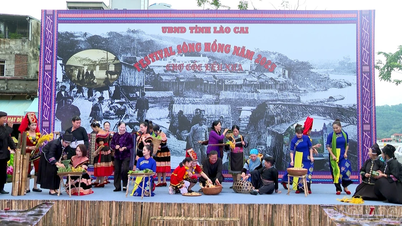

















![[Photo] Prime Minister Pham Minh Chinh and his wife meet the Vietnamese community in Algeria](https://vphoto.vietnam.vn/thumb/1200x675/vietnam/resource/IMAGE/2025/11/19/1763510299099_1763510015166-jpg.webp)
![[Photo] General Secretary To Lam receives Slovakian Deputy Prime Minister and Minister of Defense Robert Kalinak](https://vphoto.vietnam.vn/thumb/1200x675/vietnam/resource/IMAGE/2025/11/18/1763467091441_a1-bnd-8261-6981-jpg.webp)








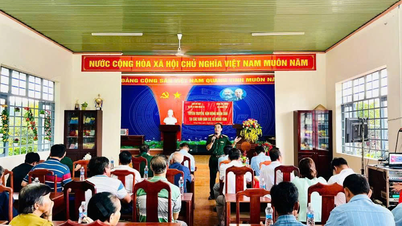









































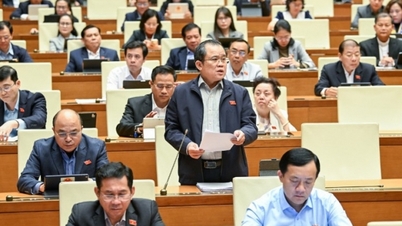

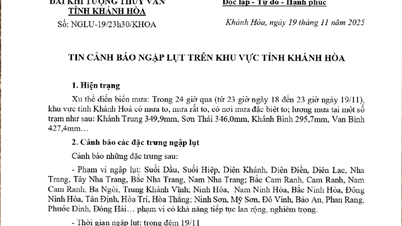


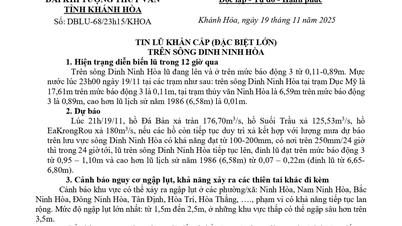



















Comment (0)